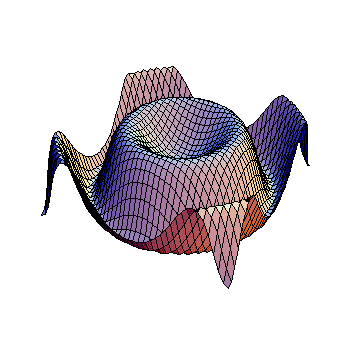How do you use the quadratic formula to solve #sintheta/2=3/(sintheta+2)# for #0<=theta<360#?
2 Answers
There is no solution.
Explanation:
Note that if
Now we have
or
Now as per quadratic formula, if we have a quadratic equation
Here we have the equation
#=(-2+-sqrt(28))/2=-1+-sqrt7#
But
There is no solution.
no solution. see explanation.
Explanation:
when
when

